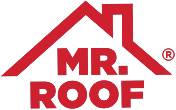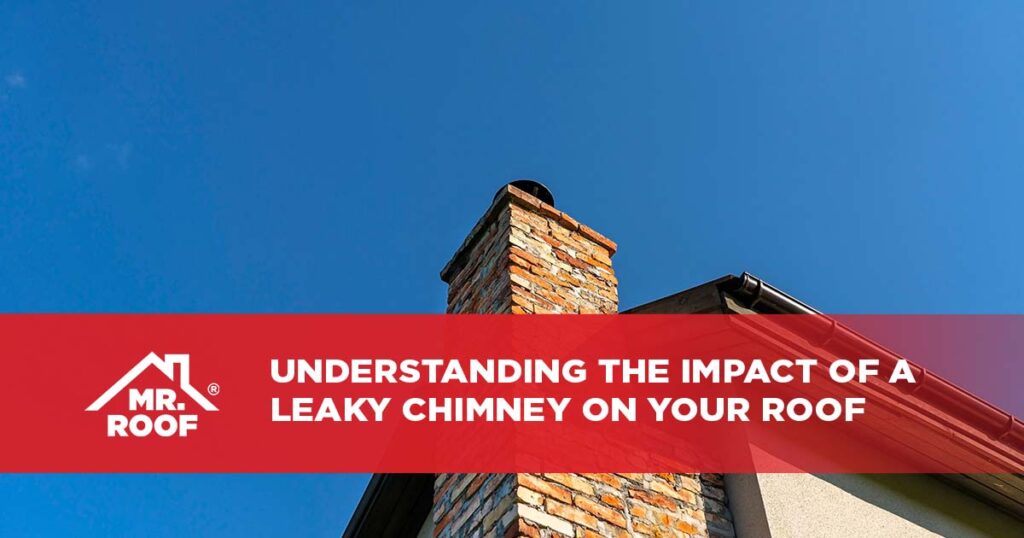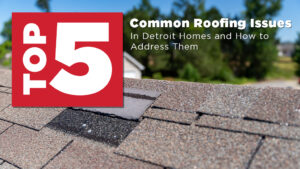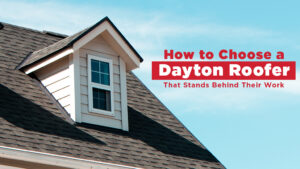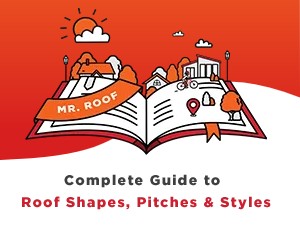Chimney leaks can quietly wreak havoc on your home, leading to water stains on ceilings and unsettling drips from vents, hinting at the need for chimney repair and masonry work. Acknowledging these signs early can save your home from the significant threat these leaks pose to the structure of your chimney and ultimately, your roof.
Navigating chimney leak repair involves understanding common causes, impacts on roof health, and adopting preventative measures. This article aims to equip you with insights on maintaining your chimney’s integrity and ensuring the longevity of your roof, emphasizing the importance of prompt, quality repair services.
Common causes of chimney leaks
Chimney leaks can stem from a variety of structural issues, each contributing to potential damage to your roof. Understanding these common causes can help you identify and address problems early, preserving the integrity of your home.
Damaged or missing chimney components
- Chimney cap and crown: Essential for preventing water entry, if these are cracked, damaged, or missing, rainwater can directly enter the flue, leading to internal leaks.
- Flashing issues: Flashing acts as a seal between the chimney and roof. If this is rusted, damaged, or improperly installed, it creates a prime pathway for water to seep into your roof structure.
- Masonry deterioration: Bricks and mortar can erode or crack over time, especially in severe weather conditions or due to poor construction. This deterioration allows water to penetrate the chimney walls, exacerbating the risk of leaks.
Structural and installation faults
- Faulty flashing installation: Even a small error in flashing installation can lead to significant water ingress, emphasizing the need for professional installation and regular inspections.
- Cracked masonry: Over time, the masonry work of your chimney can develop cracks or gaps from natural settling or environmental exposure, allowing water to infiltrate.
- Condensation issues: Improper ventilation or the absence of a proper liner can lead to moisture accumulation within the chimney, which can condense and cause internal leaking.
Environmental and operational factors
- Severe weather impact: Frequent exposure to harsh weather like heavy rain, snow, or ice can exacerbate existing vulnerabilities in the chimney structure.
- Water absorption in bricks: Particularly in shaded areas where drying is slow, bricks can absorb water, which eventually leads to leakage through the chimney walls.
- Chimney liner deterioration: If the flue isn’t venting properly, water vapor from gas appliances can condense inside the chimney, further contributing to leak issues.
By regularly inspecting these key areas and addressing any signs of wear or damage promptly, you can significantly reduce the risk of chimney leaks and protect your roof from water damage.
The impact of chimney leaks on roof health
Chimney leaks, if not swiftly addressed, can lead to extensive structural damage to your roof. Recognizing the signs early, such as water in the firebox or dampness and staining on interior walls and ceilings, is crucial. These symptoms suggest that water is penetrating areas it shouldn’t, potentially compromising the structural integrity of your home. Musty odors in the firebox or attic further indicate the presence of moisture that can lead to mold growth, which poses health risks and further structural damage.
Signs of chimney and roof damage
- Interior indicators: Look for water stains, peeling paint, or discoloration on ceilings or walls adjacent to the chimney. These signs often point to an ongoing leak.
- Exterior warnings: Examine the chimney for any cracks, crumbling masonry, or missing flashing. Also, check for water pooling on the roof or around the chimney base after rainfall, as these can be telltale signs of leakage.
- Attic inspection: It’s advisable to inspect your attic for damp insulation, water stains, or rotting wood near the chimney area. These issues can escalate if left unattended, leading to more severe damage.
Persistent moisture can cause the chimney liner to deteriorate and the damper to rust, making it difficult to open or close completely. This not only affects the functionality of your chimney but also increases the risk of fire hazards. Regular maintenance and timely repairs are essential to prevent these issues from escalating, ensuring the safety and longevity of your roof and overall structure of your home.
Preventative measures and maintenance tips
Regular maintenance and inspections
To safeguard your chimney and roof, prioritize regular maintenance and inspections. This includes:
- Chimney sweeping: Engage professional chimney sweeps to remove creosote buildup and debris, ensuring your fireplace operates safely and efficiently.
- Comprehensive inspections: Conduct annual inspections, adhering to the Chimney Safety Institute of America (CSIA) guidelines, to check for any signs of deterioration, cracks, or damage.
- Dryer vent cleaning: Regularly clean your dryer vents to maintain appliance efficiency and prevent potential fire hazards.
Repair and replacement strategies
Addressing issues promptly can prevent minor problems from escalating into costly repairs:
- Chimney cap and flashing: Ensure the chimney cap is intact and the flashing is properly installed to prevent water intrusion.
- Masonry and crown repairs: Utilize crown coating materials for minor chimney crown cracks or undertake masonry repairs for significant damage to maintain structural integrity.
- Waterproofing: Apply polysiloxane type waterproofing agents to bricks and mortar to prevent water absorption and protect against leaks.
Installation and upgrades
Upgrading certain components can enhance the functionality and safety of your chimney:
- Chimney liner repair: Use products like HeatShield for repairing cracked or broken clay tile liners.
- Chimney cap installation: If absent, install a chimney cap to prevent rain and debris from entering.
- Appliance installation: Ensure new gas, wood, or electric fireplaces and stoves are installed in compliance with state and local codes for optimal performance and safety.
Professional inspection and repair
Discovering water around your fireplace or in the attic near the chimney is a clear signal that a professional inspection is necessary. Addressing the source of water promptly can prevent further damage to your attic and structural components. During a comprehensive chimney inspection, specialists examine both the interior and exterior surfaces of the chimney’s masonry. Key components such as the chimney cap, crown, chase top, roof flashing, throat and top-sealing dampers, and chimney liner are thoroughly checked for any signs of wear or damage.
If you’re worried your chimney may be leaking, our masonry experts are here to help. Contact the team at Mr. Roof today to set up your free masonry inspection.
